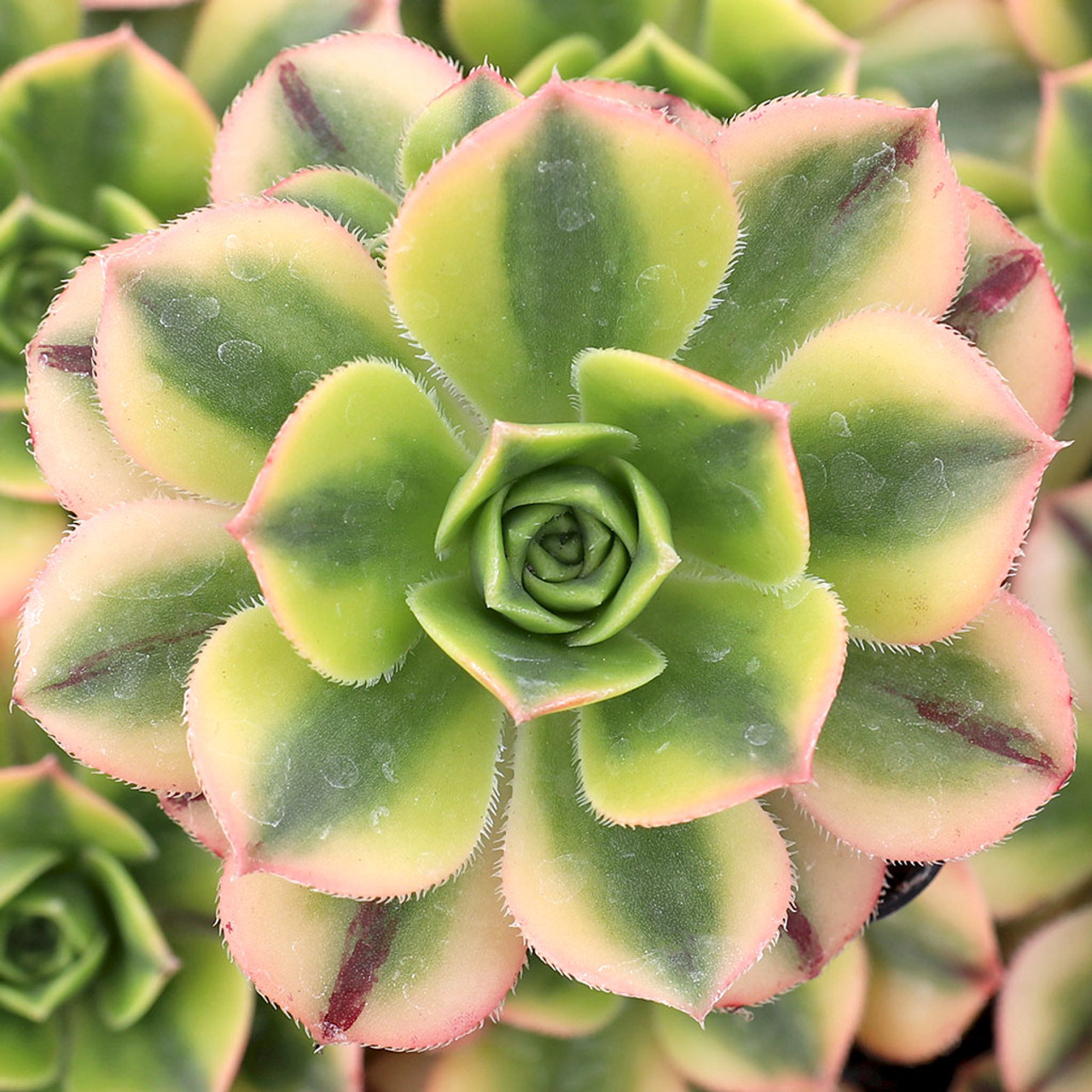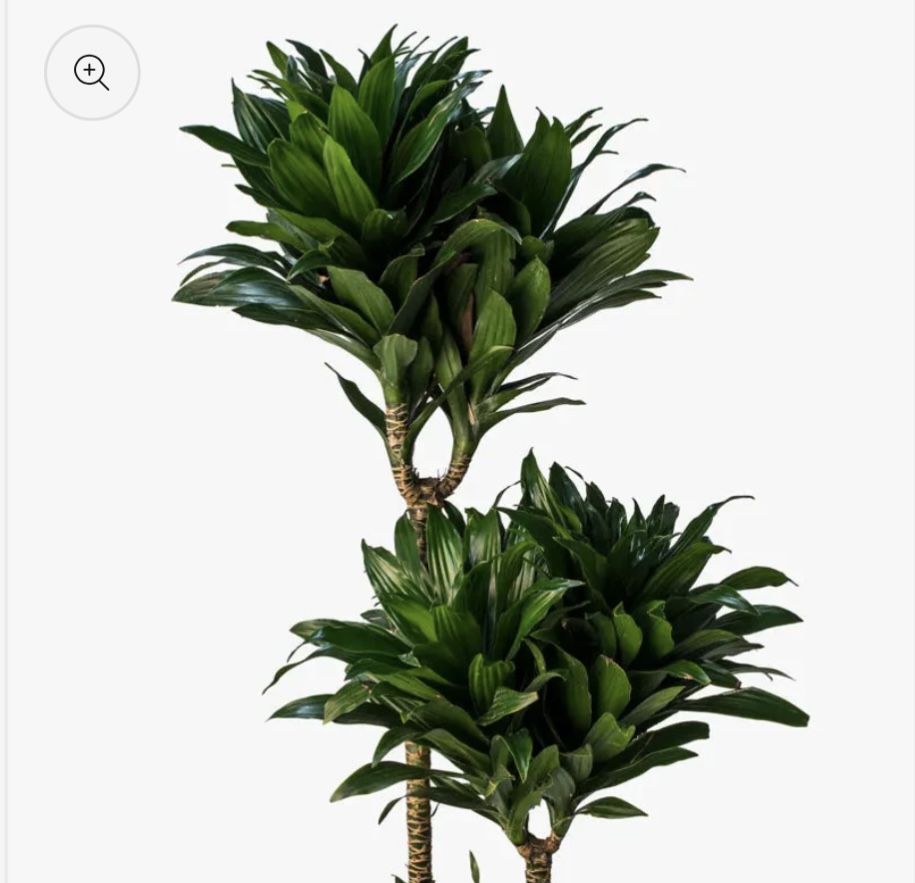- Login/Signup
- Seller Login
- عربى
-

- Select Country
-
 KSA
KSA



Monstera Obliqua
KWD 22.000
In Stock
Fulfilled by - Greenhydroponic
Your order will be delivered as per the date and time you have selected
Product Quantity
Product Details
**Monstera obliqua** is a rare and unique tropical plant known for its delicate, highly perforated leaves. It is often confused with the more common **Monstera adansonii** due to their similar appearance, but **Monstera obliqua** has much more fenestrated (holed) leaves and thinner leaf structure. Caring for this plant can be a bit challenging due to its specific needs. Here are some guidelines for successfully growing **Monstera obliqua**:
### Care Tips for **Monstera obliqua**:
1. **Light**:
- **Monstera obliqua** prefers bright, indirect light. Direct sunlight can scorch its delicate leaves, while too little light will hinder its growth.
- It can tolerate lower light conditions, but to thrive and maintain its characteristic fenestrations, ensure it receives enough indirect light.
2. **Watering**:
- Keep the soil consistently moist but avoid waterlogging. Water the plant when the top inch of the soil feels dry.
- During the winter, reduce watering frequency, allowing the soil to dry out more between waterings.
- **Monstera obliqua** is sensitive to overwatering, so ensure the pot has good drainage.
3. **Humidity**:
- High humidity is crucial for **Monstera obliqua**. Aim for humidity levels of 60-80%.
- Use a humidifier or place the plant on a humidity tray. Regular misting can also help, but make sure the leaves don’t stay wet for long periods to avoid fungal issues.
4. **Temperature**:
- It thrives in temperatures between 20-28°C (68-82°F). Avoid exposing the plant to temperatures below 15°C (60°F) and sudden temperature changes.
- Keep it away from cold drafts and air conditioning vents.
5. **Soil**:
- Use a well-draining, airy potting mix. A combination of orchid bark, perlite, and peat-based soil works well to ensure the roots have good aeration.
- A loose, well-draining medium will also help prevent root rot, which is a common issue with **Monstera obliqua**.
6. **Fertilizing**:
- Feed the plant with a balanced, diluted liquid fertilizer every 4-6 weeks during the growing season (spring and summer).
- Reduce fertilization during fall and winter when the plant’s growth slows down.
7. **Support**:
- Being a vining plant, **Monstera obliqua** may need a support structure like a moss pole to climb and encourage healthy growth.
8. **Pruning**:
- Trim any yellow or dead leaves to promote healthy growth. Avoid excessive pruning, as this can stress the plant.
9. **Repotting**:
- **Monstera obliqua** does not need frequent repotting. Repot every 2-3 years, or when the plant outgrows its container, to refresh the soil and give the roots more space.
10. **Pests**:
- Keep an eye out for common pests like spider mites, mealybugs, and aphids. Use insecticidal soap or neem oil if you notice an infestation.
### Additional Tips:
- **Monstera obliqua** is extremely delicate and slow-growing compared to other Monstera species. Be patient with its growth and give it plenty of time to adjust to its environment.
- Due to its rarity, ensure that the plant is sourced from a reputable seller.
With the right care, **Monstera obliqua** can be a stunning and highly rewarding plant to grow, showcasing its strikingly unique leaves.







